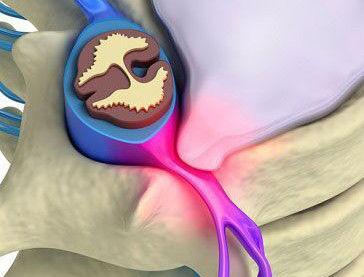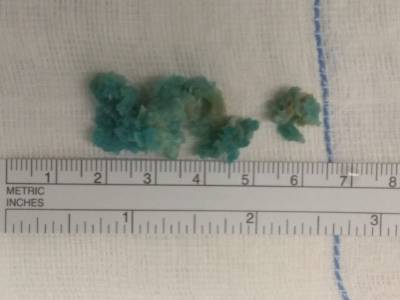

 Traumatology and orthopedic surgery
Traumatology and orthopedic surgery Traumatology and orthopedic surgeryCentro Médico Teknon
Traumatology and orthopedic surgeryCentro Médico Teknon
- With a skin incission of less than one centimeter, this technique allows the treatment of herniated lumbar discs and other lumbar spine pathologies under local anesthesia and with minimal aggression to the patient.
Endoscopic spine sur
- Under local anesthesia
- With a skin incission of only 5-10 mm length
- Significantly less invasive than open spine surgery (also known as microsurgery and micro-discectomy)
- Pain relief is immediate or within a few hours after srugery.
- Allows the patient to return home within 24 hours after the operation.
Endoscopic spine surgery allows the treatment of:
- Lumbar disc herniations
- Lumbar discal protusions
- Lumbar disc impingement
- Foraminal stenosis
- Central canal stenosis
- Low back pain
- Sciatic pain
- and many other lumbar pathologies
Lumbar endoscopic surgery images

Herniated disk compressing a nerve root
resulting in sciatic pain in the leg
Transforaminal endoscopic surgery of the lumbar spine
In traditional lumbar spine surgery (surgery of the back), large skin incissions are necessary to expose the back tissues and open up enough space for surgical instruments to fit. In order to reach the spinal chord and nerves that are being compromised, important structural components of the lumbar spine such as the ligaments, the intervertebral disc or bone are removed during open surgery.This can lead to instability of the lumbar spine if it is not additionally stabilized with rods and screws. Therefore, in open surgery, the function and mobility of the back can be impaired. The removal of soft tissue and bone may lead to further complications such as bleeding, wound healing problems and instability in the postoperative stage and may require additional surgeries.
Cervical endoscopy allows to perform back surgery through only a minimal incission in the skin. The back’s bony structures and soft tissues are accurately visualized with a video camera placed inside the endoscope. This allows using small instruments, which reduces the bleeding as important structures of the lumbar spine are preserved without compromising its stability. This type of surgery is called "Endoscopic Surgery of the Lumbar Spine".
Endoscopic surgery is a minimally invasive surgery as it does not requires to remove or "open" tissues in the neck. The patient’s post-operative recovery is much faster. Moreover, endoscopic surgery is performed under local anesthesia. The patient usually resumes walking a few hours and is discharged from hospital the morning after surgery. .
Post-operative pain is usually immediately significantly decreased. Hence, little and small dosage pain medication is recommended during the first week after surgery.
The endoscopic surgery consists of advanced technologies, like HD video, laser and radiofrequency ablation, etc. among other sophisticated technology to provide a safe, fast and effective, pain-relieving surgery to the patient.
The endoscopic spine surgery allows an effective treatment of lumbar and sciatic pain.It is also indicated for patients in which for a long time, little or nothing could be done from a surgical point of view and were treated conservatively with little success.
Endoscopic spine surgery allows to effectively resolve back and sciatic pain problems caused by, e.g. a herniated lumbar disc, with or without an impinged nerve, foraminal stenosis and a disk protrusion causing intense back pain, resotring a high quality of life to the patient.
Image of an Hernia

Disk herniation of 4cm length removed with endoscopic spine surgery
Surgery videos



































